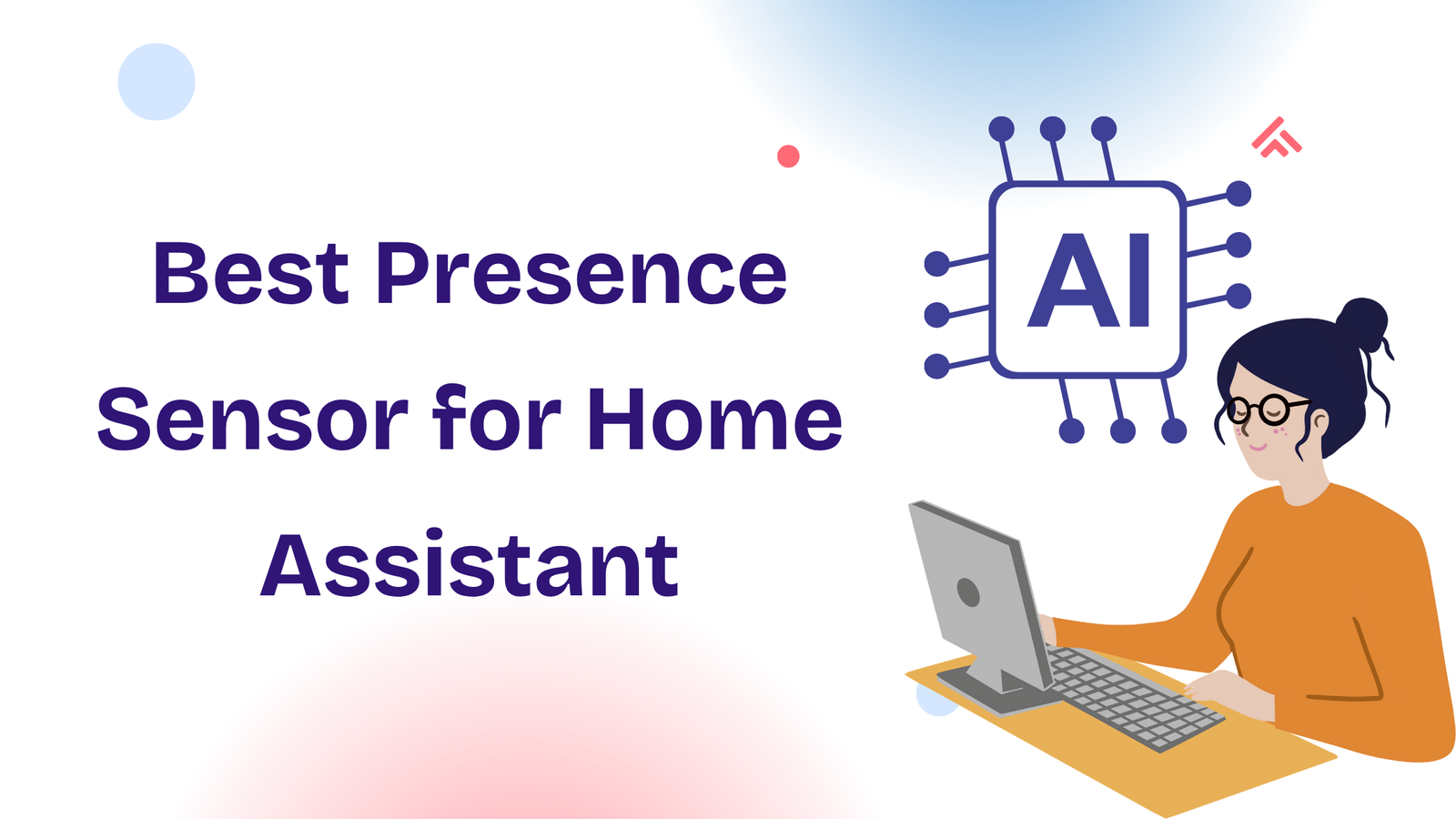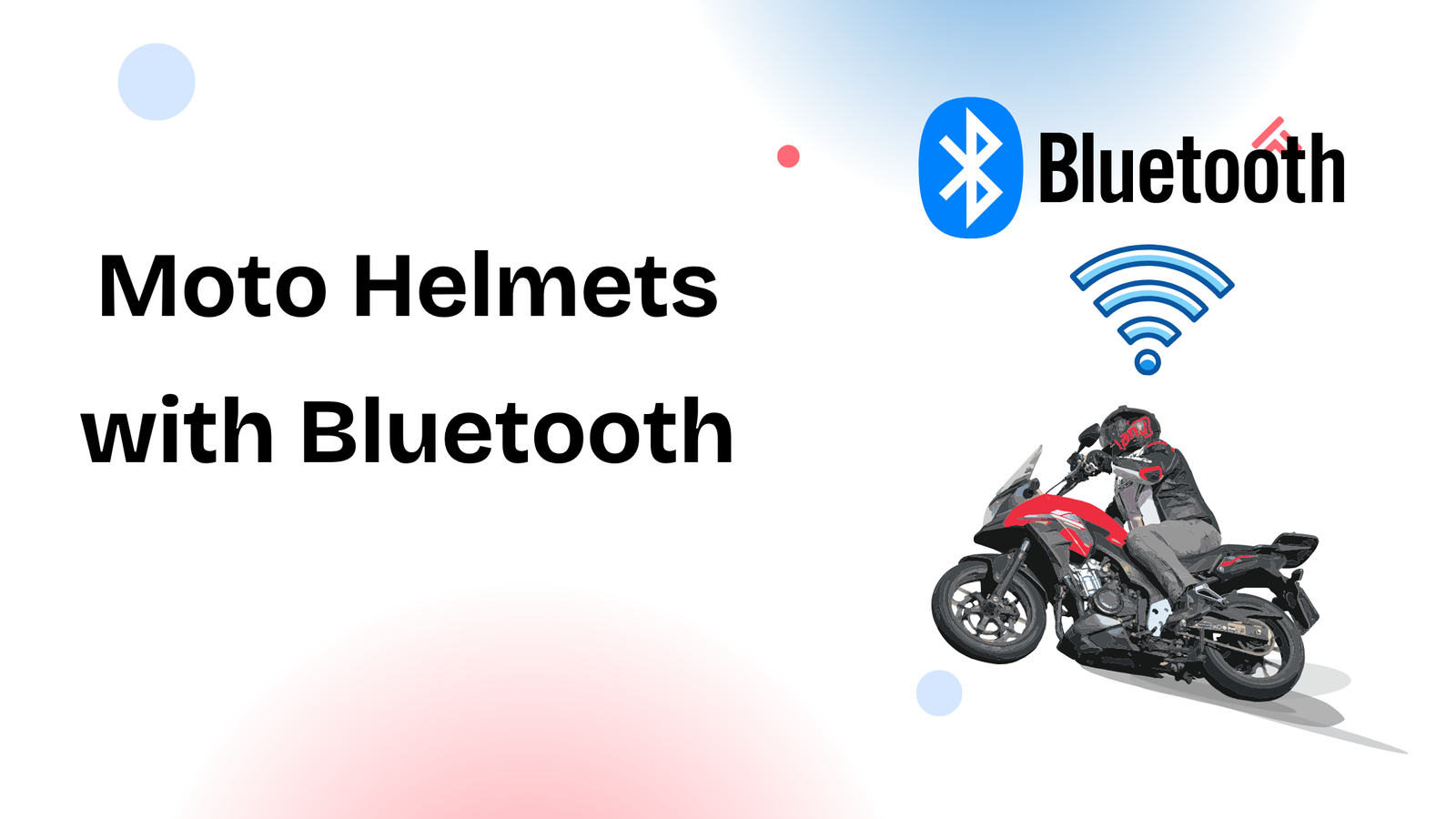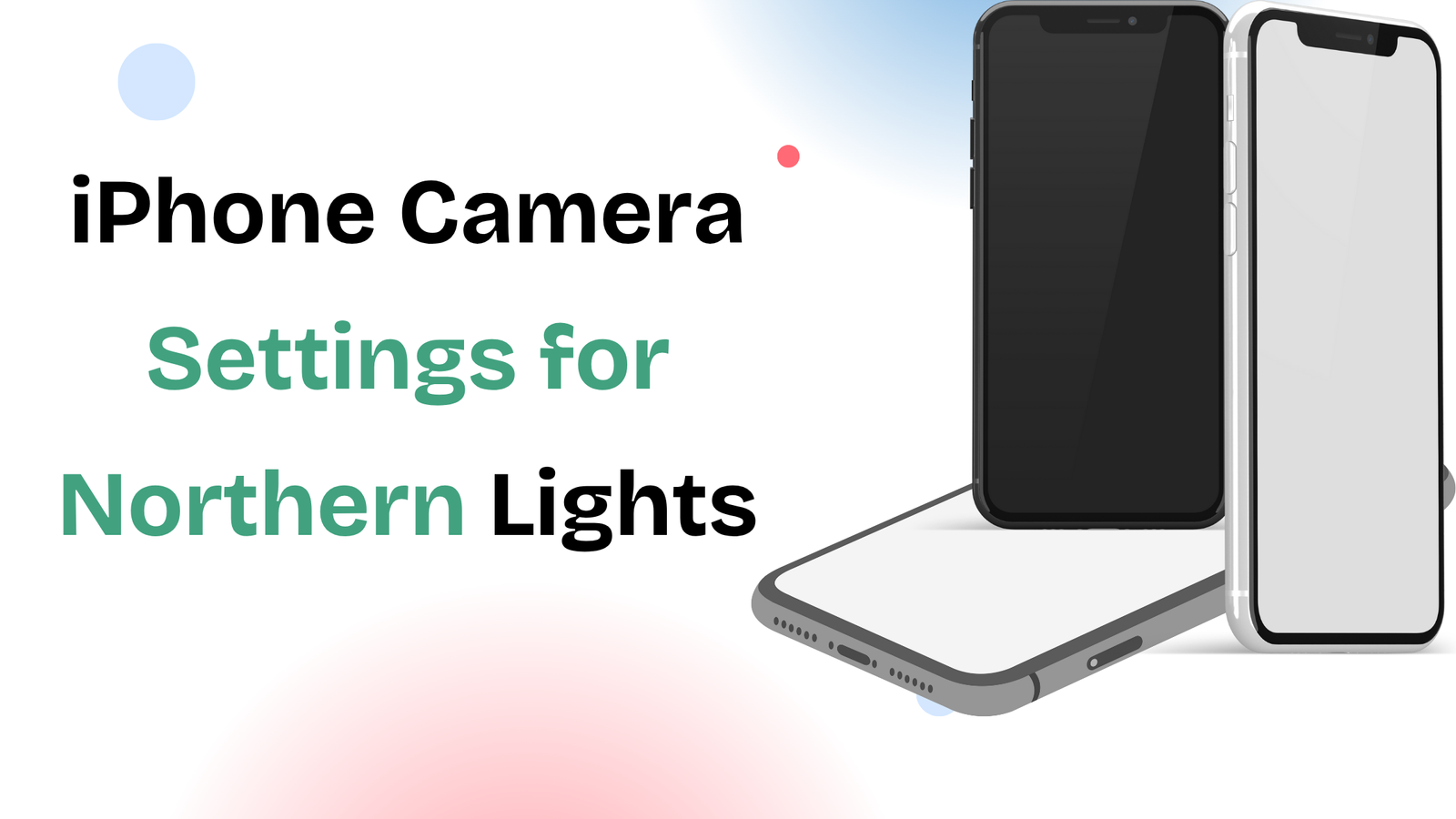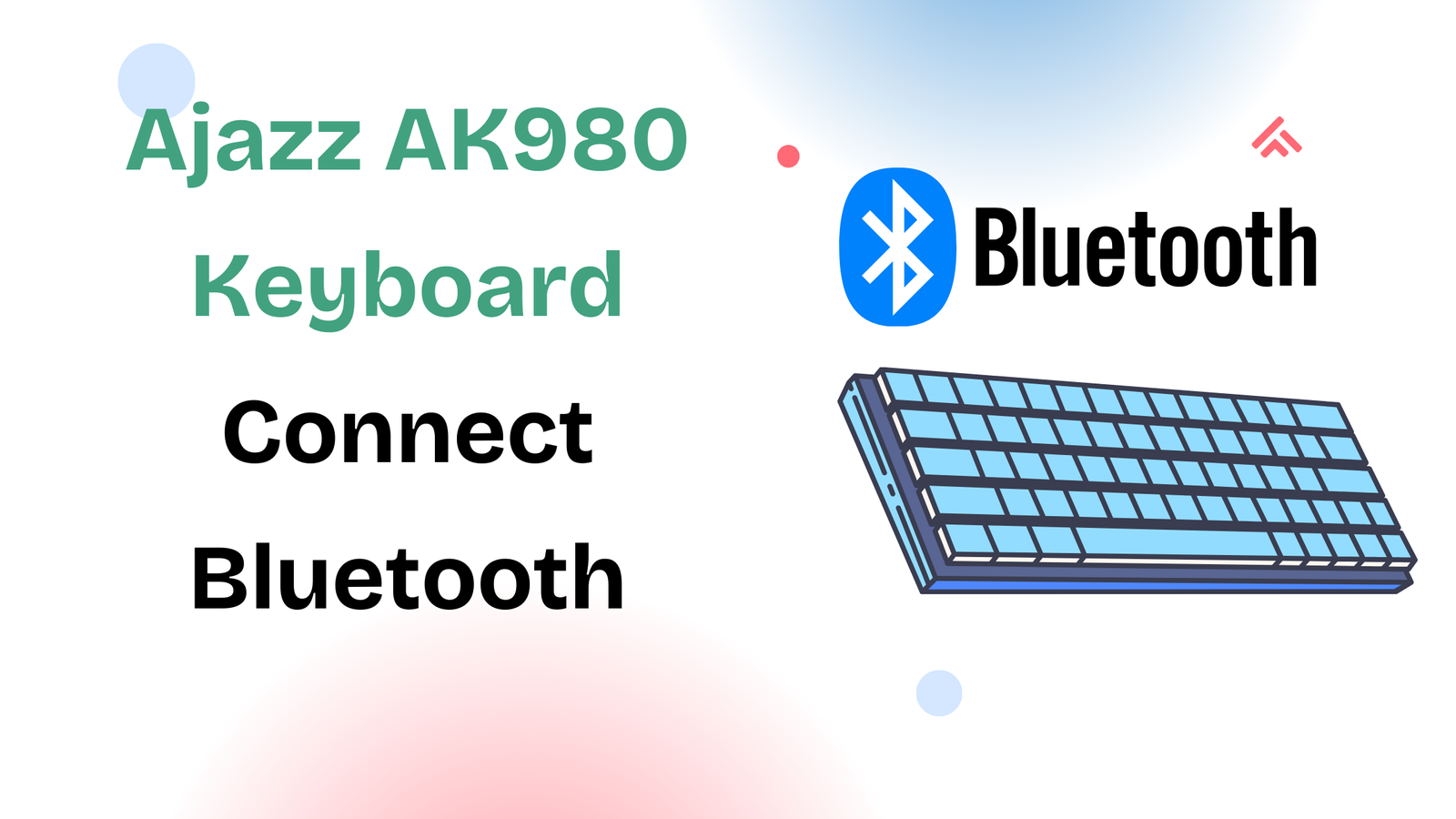I’ve spent countless hours tweaking audio settings on my devices. From the cheap wired earphones I used as a teenager to the wireless noise-canceling headphones I wear today, I’ve always been obsessed with one question: How do I get the best sound possible out of Spotify?
It might sound excessive, but once you realize how much of a difference equalizer (EQ) settings make, it’s hard to listen to music without adjusting them. Every headphone, speaker, and genre of music sounds different—and using the right Spotify equalizer settings can turn a flat, muddy sound into something truly immersive.
That’s why I decided to put together this complete guide. Whether you’re using budget earbuds, premium over-ear headphones, or even your car stereo, the best Spotify equalizer settings can instantly improve your listening experience. And the best part? You don’t need to be an audiophile or music engineer to set it up.
Why Equalizer Settings Matter
Spotify streams music at high quality, but your device and speakers don’t always reproduce it the way the artist intended. That’s where the equalizer comes in.
An equalizer lets you adjust specific sound frequencies—bass, mids, and treble—to better suit your headphones and your music taste. For example:
- Bass (20–250 Hz): Adds depth and punch. Perfect for hip-hop, EDM, and pop.
- Mids (250–4,000 Hz): Controls vocals and instruments. Important for rock and podcasts.
- Treble (4,000–20,000 Hz): Enhances clarity, detail, and sharpness. Best for acoustic and classical.
The trick is finding a balance that doesn’t overdo it in one area. Too much bass can drown out vocals, while excessive treble can make songs sound harsh.
How to Access Spotify’s Equalizer
Spotify makes it fairly simple to adjust EQ settings, though the exact steps vary slightly depending on your device.
- Open Spotify App
- Available on Android, iOS, and desktop.
- Go to Settings
- Tap the gear icon in the top-right corner.
- Find “Playback” or “Equalizer”
- On iPhone: Settings → Playback → Equalizer.
- On Android: Settings → Audio Quality → Equalizer.
- Toggle the Equalizer On
- You’ll see either a list of presets or a manual frequency slider.
- Experiment and Save
- Select a preset, then tweak manually for the best result.
Now that you know how to find the EQ, let’s break down the best Spotify equalizer settings for different situations.
Best Spotify Equaliser Settings by Music Genre
🎵 Pop and Hip-Hop
For mainstream pop or bass-heavy hip-hop, you’ll want a setting that emphasizes low-end punch without overwhelming vocals.
- Boost bass slightly (20–250 Hz).
- Keep mids balanced for clear vocals.
- Add a touch of treble for sparkle.
This creates an energetic, club-like sound that works for most radio hits.
🎸 Rock and Alternative
Guitars and drums are the soul of rock. To highlight them:
- Slight boost in the upper mids (1k–3k Hz) for guitars and vocals.
- Gentle lift in the bass for kick drums.
- Don’t overdo treble—too much can make cymbals sound harsh.
Result: cleaner guitar riffs and balanced instrumentals.
🎧 EDM and Dance
Electronic music thrives on bass drops and crisp highs.
- Push the low frequencies more than usual.
- Boost highs for sharp synths and snares.
- Keep mids slightly reduced to avoid clutter.
This will give you that “festival sound” even at home.
🎻 Classical and Jazz
If you listen to orchestras, piano, or jazz bands, you’ll want detail and clarity.
- Reduce bass a little (to avoid muddiness).
- Keep mids and highs slightly boosted.
- Aim for a natural, balanced profile.
This makes violins, saxophones, and pianos shine with warmth and detail.
Best Spotify Equaliser Settings by Device
Not all devices reproduce sound the same way. Here’s how to fine-tune:
1. Budget Earbuds
- Slight bass boost to add depth.
- Keep treble higher for clarity.
- Lower mids slightly if sound feels cramped.
2. Premium Headphones
- Aim for balance—don’t push frequencies too much.
- Keep mids neutral for vocal accuracy.
- Boost highs slightly for detail.
3. Bluetooth Speakers
- Emphasize bass (most small speakers lack low-end).
- Keep mids balanced for speech and vocals.
- Slight treble lift for brightness.
4. Car Stereo
- Boost bass moderately (cars absorb a lot of low frequencies).
- Keep mids steady for vocal clarity.
- Slight treble lift for crispness.
Tips for Getting the Best Sound
- Start with Presets
Spotify includes presets like “Rock,” “Pop,” and “Bass Boost.” Use them as a starting point before fine-tuning. - Avoid Extreme Adjustments
Over-boosting can distort sound, especially on cheaper speakers. - Match Settings to Your Environment
What sounds good on headphones may not work in your car or on speakers. Adjust per device. - Test with Multiple Songs
Don’t rely on one track. Try different genres to see how your EQ holds up. - Upgrade Your Headphones
Even the best EQ settings can’t fix low-quality hardware.
My Recommended “All-Around” Spotify Equalizer Setting
If you don’t want to switch EQ settings every time, here’s a universal option that works for most genres and devices:
- Bass: Slight boost (around +2 dB).
- Mids: Neutral to slightly reduced.
- Treble: Slight boost (around +2 dB).
This keeps music energetic but still clear across pop, rock, EDM, and even podcasts.
Common Mistakes People Make with EQ
- Overloading Bass: Too much makes songs muddy.
- Ignoring Mids: Cutting mids too far will ruin vocal clarity.
- One-Size-Fits-All: The same EQ doesn’t work for every genre or device.
Avoid these pitfalls and your Spotify listening will improve instantly.
Final Thoughts
Spotify already delivers high-quality audio, but the equalizer is the hidden key to unlocking its full potential. Whether you’re into thumping bass lines, acoustic guitars, or smooth jazz, the right EQ settings can transform your listening experience.
Remember: there’s no single “perfect” setting—it depends on your taste, your device, and the music you love. The good news? With a little tweaking, you’ll discover the balance that makes every song sound just right.
So, the next time you hit play on your favorite track, take a few seconds to adjust your EQ. You might be surprised how much better it sounds.











